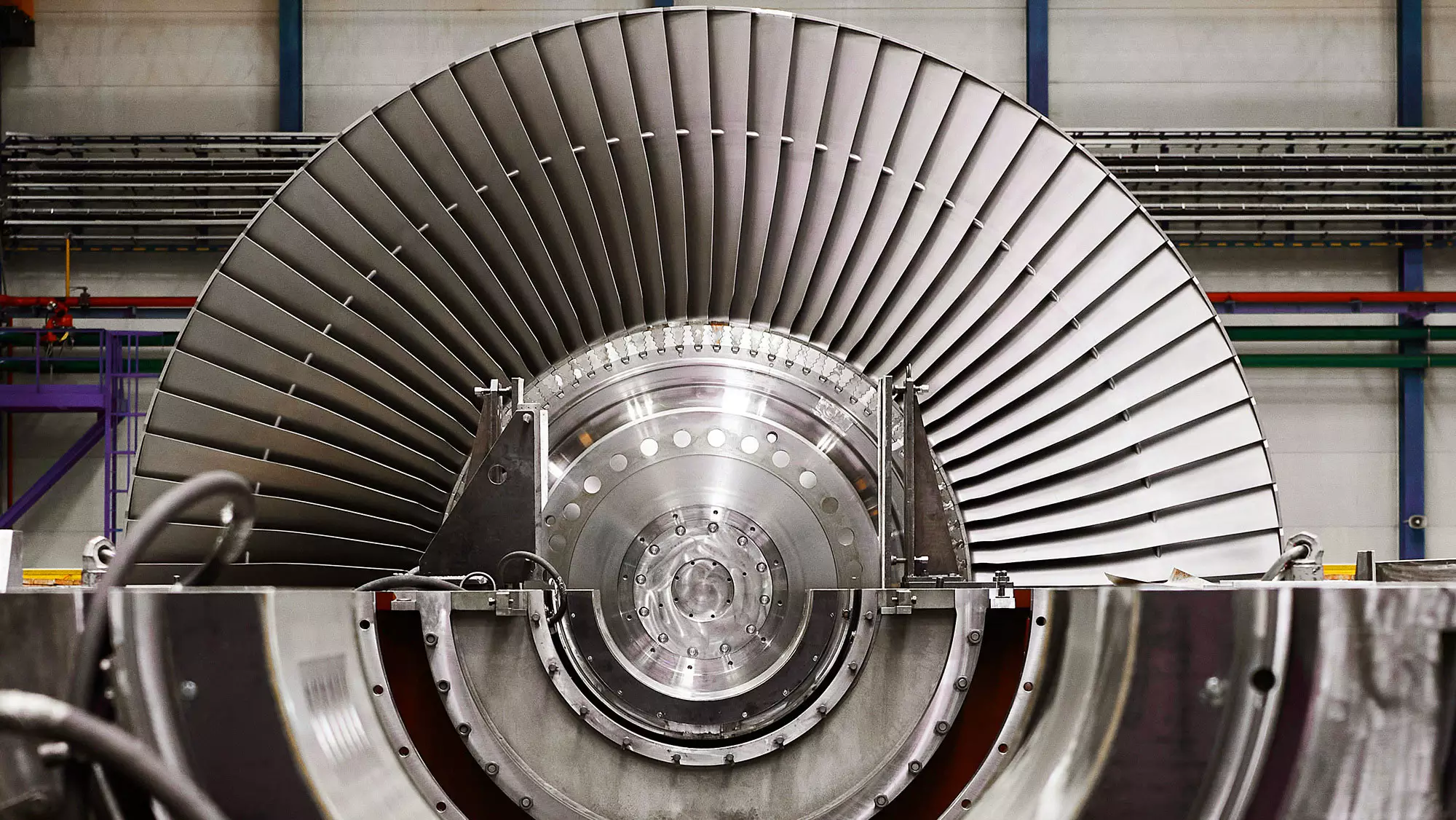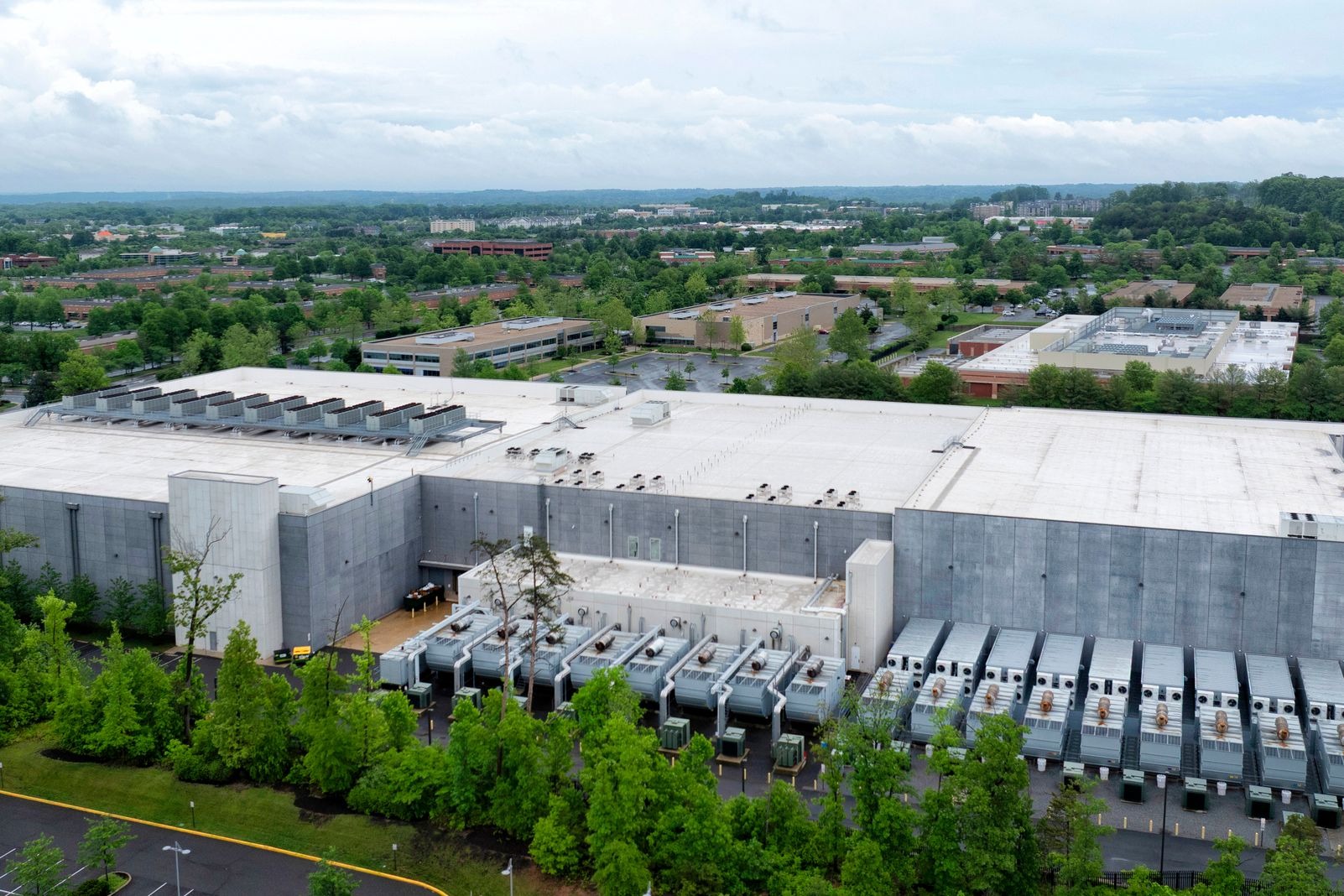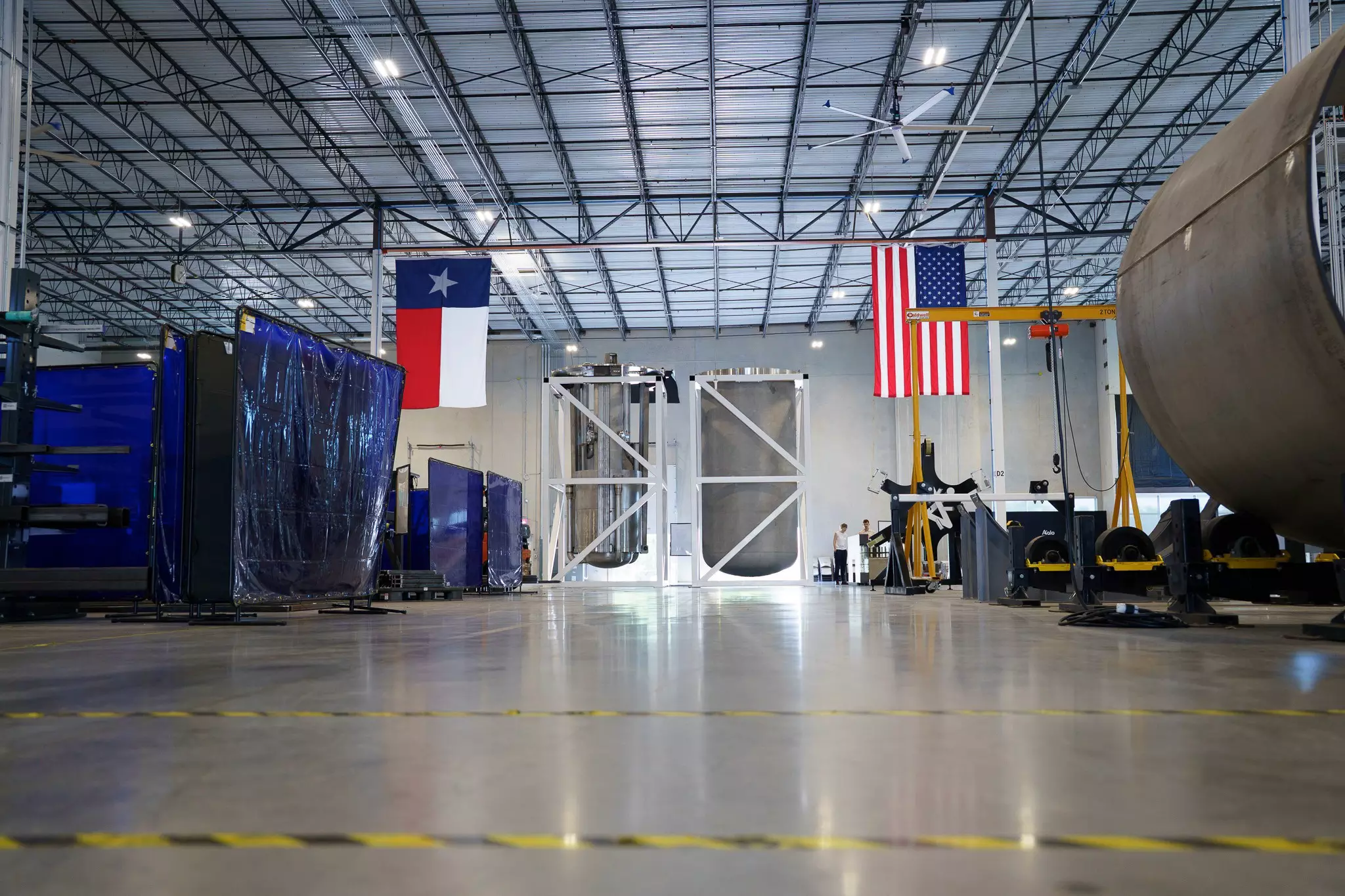
Why We’re Building Aalo-X
Why Aalo Chose Sodium
Aalo chose sodium as its reactor coolant because of its superior thermal performance, low operating pressure, and inherent passive safety characteristics. Sodium can transfer heat more efficiently than water or gas coolants, enabling compact reactor cores with high power densities. Unlike pressurized water reactors, sodium systems operate at atmospheric pressure, eliminating the need for expensive pressure vessels and reducing the risk of explosive failures. These attributes make sodium uniquely suited to Aalo’s goals of delivering modular, high-efficiency microreactors that can be factory-built and rapidly deployed to sites with limited space and infrastructure.
The Challenge of Sodium Reactors
Sodium is a highly promising coolant with unique advantages, but it has not yet been commercialized at scale due to a range of technical challenges. Despite more than 800 reactor-years of global sodium reactor experience across projects like FFTF, EBR-II, SRE, Hallam, Clinch River, and KNK I & II, there are still significant gaps in operational knowledge, especially in areas such as sodium purity management, leak detection, and materials behavior. To successfully commercialize Aalo-1, Aalo must demonstrate mastery over sodium reactor construction and operation—including thermal hydraulics, maintenance, refueling, and system reliability. Aalo-X gives us a unique opportunity to do this hands-on, taking direct lessons from historical sodium programs and applying them in a modern, manufacturable design context.
De-Risking Aalo-1
Aalo-X is the proving ground for all critical systems that will ultimately be licensed under the NRC for Aalo-1. Building and operating Aalo-X under DOE authorization allows Aalo to move from design to operation faster than any other advanced reactor company. This early operational experience allows us to fine-tune our systems, validate our manufacturing and construction approach, and optimize our reactor’s behavior under real-world conditions. As a result, Aalo is establishing itself as the global leader in sodium-cooled reactor deployment, positioned to deliver rapid, cost-effective, and scalable nuclear energy solutions, particularly for mission-critical applications like data centers.

Why DOE Authorization
Pursuing DOE authorization for Aalo-X gives Aalo a significant speed advantage over traditional NRC licensing. Under DOE-STD-1189’s in situ review process, first-of-a-kind (FOAK) experimental reactors can benefit from accelerated review timelines, enabling construction and testing to begin much earlier. The DOE does not charge private entities for licensing, making it a more cost-effective path. Aalo’s leadership team brings deep experience in this framework, successfully leading the MARVEL reactor project under DOE authorization. This familiarity with regulatory personnel and the process gives us a clear execution advantage. Furthermore, the DOE framework is inherently more flexible—it allows design evolution during construction, testing, and early startup without triggering long delays or formal public hearings that would typically occur under the NRC process. This flexibility is essential for innovation and rapid iteration as we develop the most advanced sodium reactor ever built in the United States.

What Aalo-X Is
Reactor Overview
Aalo-X is the prototype for Aalo-1, designed to be a fully operational sodium-cooled thermal-spectrum test reactor. To qualify under the DOE authorization framework, its thermal power is limited to below 20 MWth, but the reactor is engineered to reflect the complexity and function of a full-scale commercial system. This is not a simplified mock-up; it is a genuine, high-performance reactor that allows Aalo to validate every critical system and process needed for future deployment.
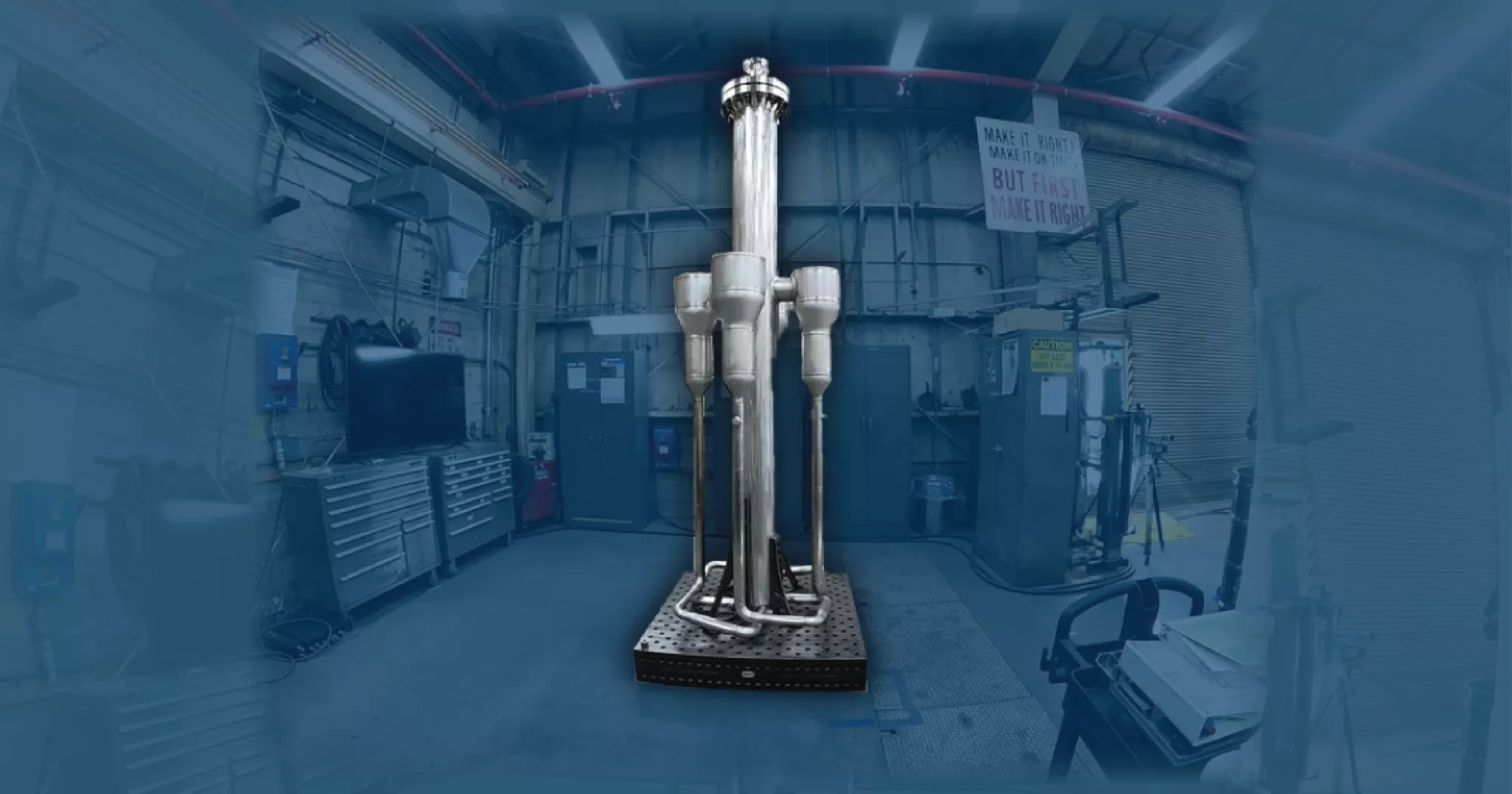
What We’re Testing
Aalo-X will serve as the testing ground for a broad array of technologies and operational behaviors. This includes startup dynamics, sodium behavior under thermal loads, materials performance, and validation of key systems such as instrumentation, printed circuit heat exchangers, electromagnetic pumps, and sodium containment components. Passive features like natural circulation and air-cooled decay heat removal will also be demonstrated. The project will test maintenance and refueling systems, as well as integrate with a 5 MWe portable data center to evaluate power interface dynamics such as harmonics and load-following.

What Success Looks Like
Aalo-X will demonstrate that civil construction and installation of a sodium-cooled reactor can be completed in under 12 months—setting a new industry benchmark for speed and efficiency. It will validate the behavior and reliability of key systems, proving that the reactor can operate with the high uptime demanded by commercial applications like data centers. All critical structures, systems, and components (SSCs) destined for Aalo-1 will be tested and performance-qualified under real operating conditions. In parallel, the project will establish and refine procedures for maintenance and refueling, ensuring readiness for future fleet deployments. By running the plant with trained technicians and operators, Aalo will build a talent pipeline for future sites. Finally, post-irradiation examination (PIE) of the fuel will yield valuable data to improve performance and inform fuel qualification for NRC licensing.
.webp)
What it Unlocks
Aalo-X will instill confidence in both customers and the NRC in Aalo’s ability to build, operate, and scale advanced nuclear reactors. It will mark the world’s first demonstration of a colocated advanced nuclear reactor and a portable data center, setting a new precedent for integrated energy and digital infrastructure. The successful execution of Aalo-X lays the critical foundation for fleet-wide licensing and commercial deployment of Aalo-1 microreactors across various industrial and digital applications.


When and How We’re Doing It


Progress Tracker


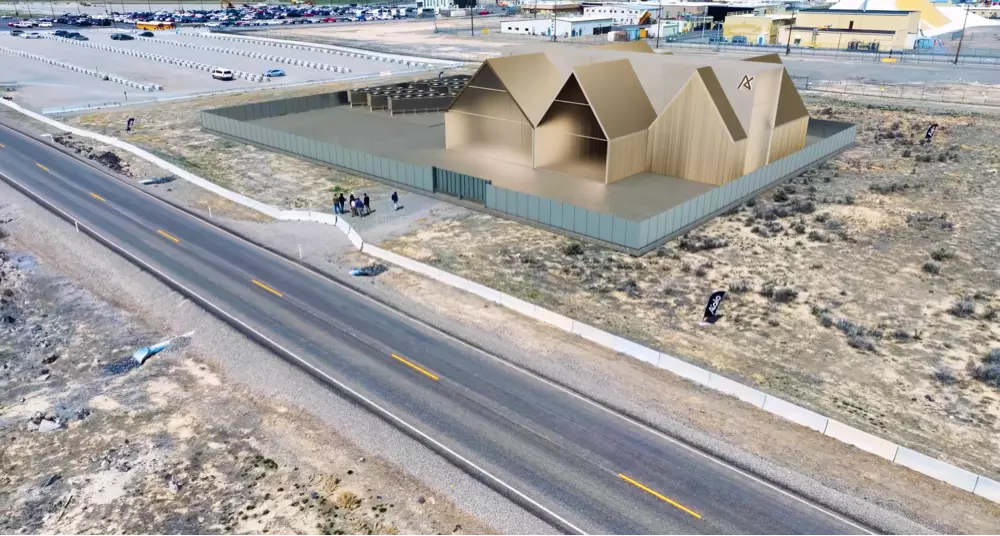



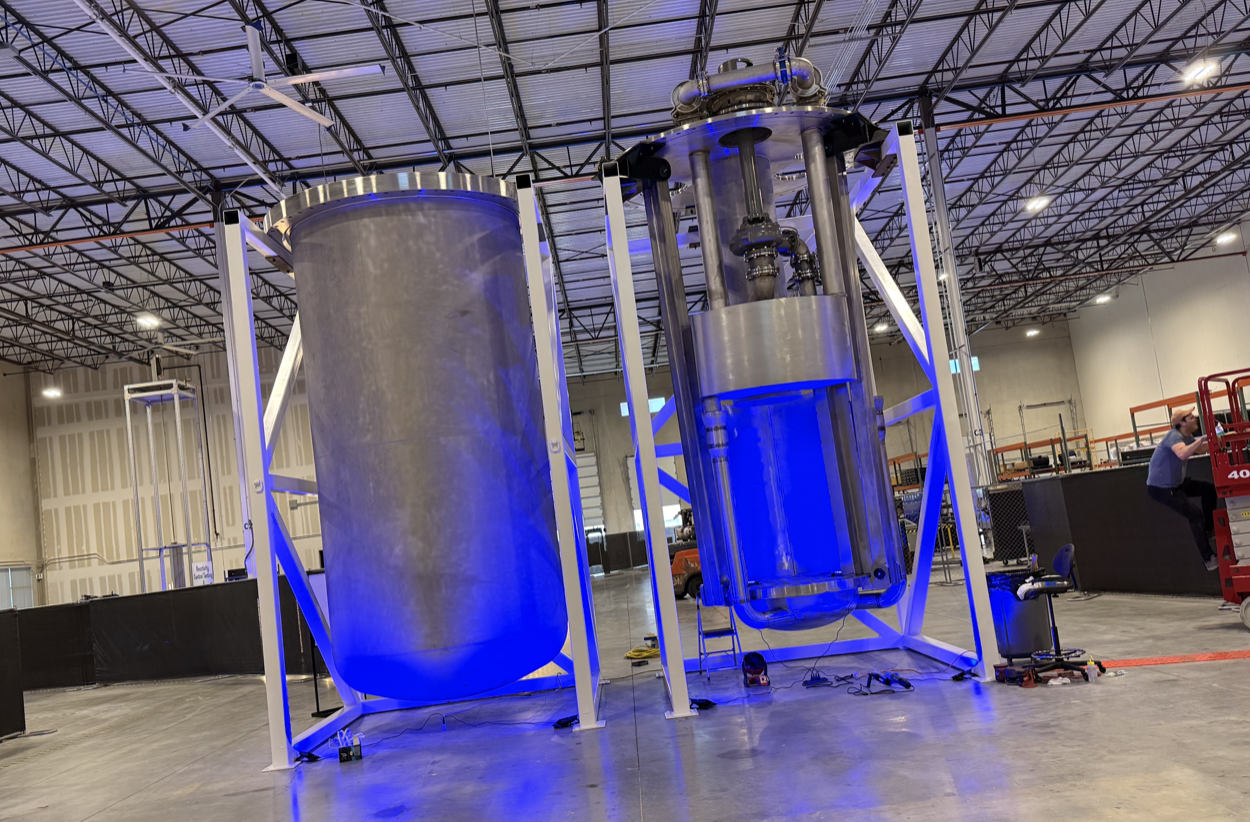

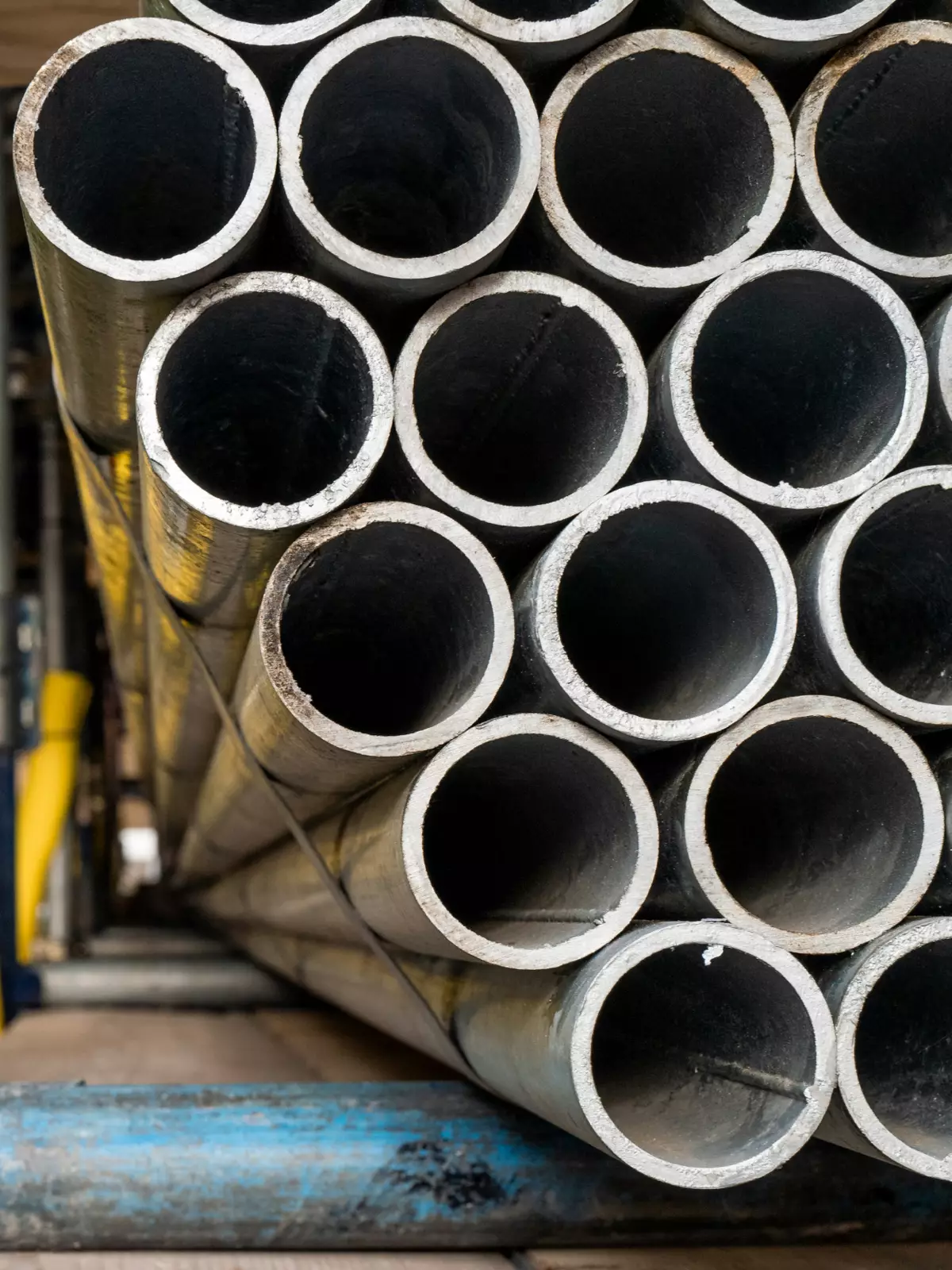

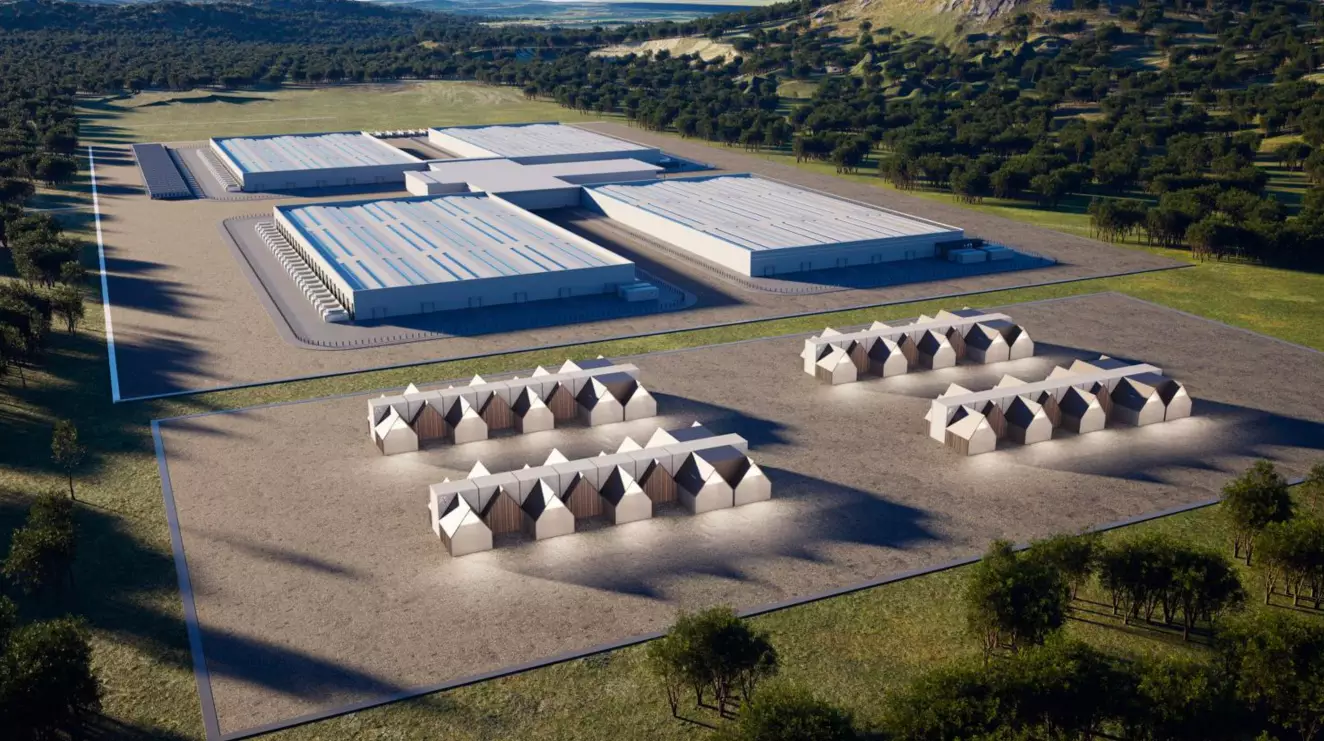









.webp)
